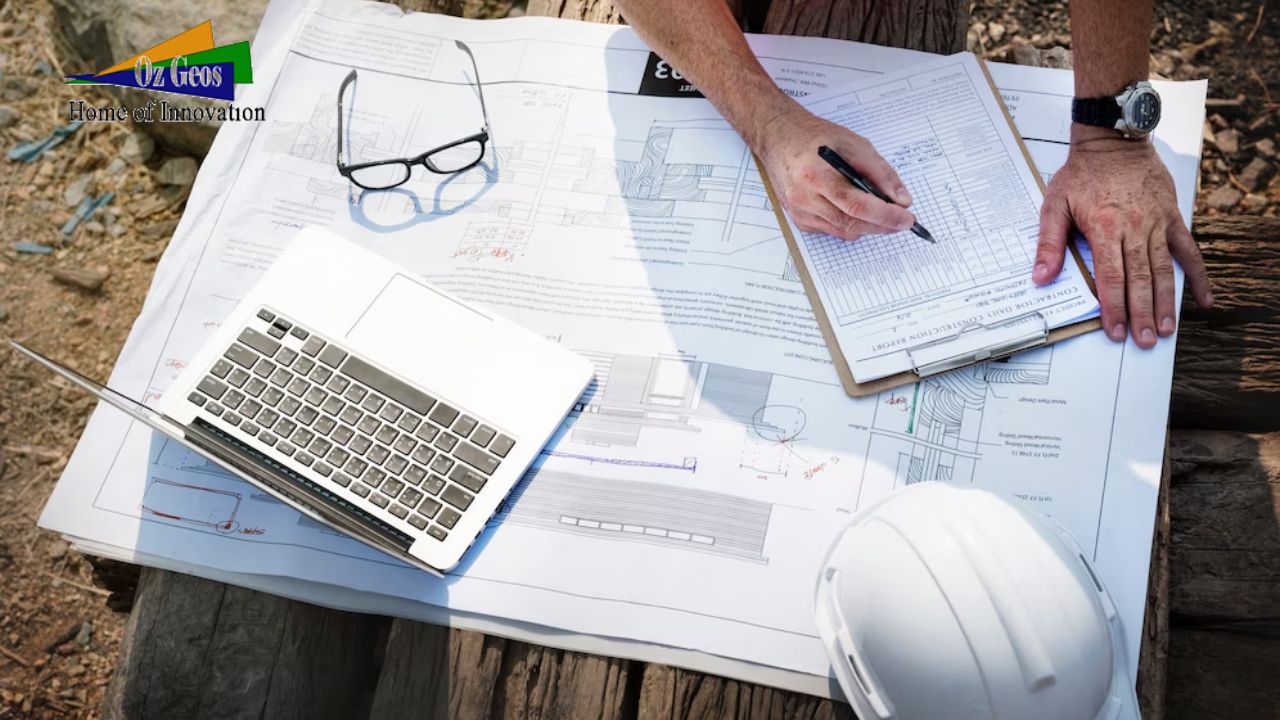How to assess the bearing capacity of soil
The bearing capacity of soil is a critical factor in construction and civil engineering projects. It determines the ability of the soil to support the load applied by a building, structure, or foundation without excessive settlement or failure. Accurate assessment of soil bearing capacity is essential to ensure the safety and stability of any construction endeavor. In this blog post, we will explore the various methods and factors involved in assessing soil bearing capacity.
Understanding Soil Bearing Capacity
Soil bearing capacity is the maximum pressure or load that the soil can withstand without undergoing excessive deformation or failure. It is typically measured in pounds per square foot (psf) or kilopascals (kPa) and is a key consideration in the design and construction of foundations, roads, bridges, and other infrastructure projects.
Factors Affecting Soil Bearing Capacity
Soil Type: Different soil types have varying bearing capacities. Cohesive soils like clay have a higher bearing capacity than non-cohesive soils like sand. The presence of silt and organic matter can also influence bearing capacity.
Moisture Content: Soil moisture significantly affects bearing capacity. Saturated soil has reduced bearing capacity compared to dry or compacted soil. Proper drainage is essential to maintain stable bearing capacity.
Depth: The bearing capacity tends to increase with depth. Deeper soil layers can often support more load than shallow ones.
Compaction: Compacting the soil through mechanical means or soil improvement techniques can increase bearing capacity by reducing voids and increasing soil density.
Overburden Pressure: The weight of the existing soil or materials above the point of interest can affect bearing capacity. For example, the bearing capacity near the surface may be lower due to the weight of the soil above it.
Methods for Assessing Soil Bearing Capacity
Standard Penetration Test (SPT): This widely used field test involves driving a split-barrel sampler into the soil to determine the number of blows required to penetrate it to a specific depth. The N-value obtained from this test can be used to estimate soil bearing capacity.
Cone Penetration Test (CPT): The CPT involves pushing a cone penetrometer into the soil and recording the resistance encountered during penetration. This test provides real-time data on soil properties and bearing capacity.
Plate Load Test: In this field test, a heavy plate is placed on the ground surface, and the resulting settlement is measured. The load is gradually increased until a specified settlement limit is reached, helping to determine the bearing capacity of the soil.
Shear Strength Tests: Laboratory tests like the direct shear test and triaxial test can be used to determine the shear strength of soil, which is essential for estimating bearing capacity.
Geotechnical Engineering Software: Advanced software programs can analyze soil data and perform complex calculations to predict soil bearing capacity based on various factors and soil properties.
Empirical Methods: Engineers often use empirical methods based on their experience and knowledge of local soil conditions. These methods may include bearing capacity factors for different soil types.
Conclusion
Assessing the soil bearing capacity is a crucial step in the design and construction of safe and stable structures. It involves considering soil type, moisture content, depth, compaction, and other factors that can influence the load-bearing capability of the soil. Various tests and methods, such as the SPT, CPT, plate load test, shear strength tests, and geotechnical software, are available to help engineers determine the soil’s bearing capacity accurately. By understanding and properly assessing soil bearing capacity, construction professionals can ensure the long-term durability and safety of their projects.































